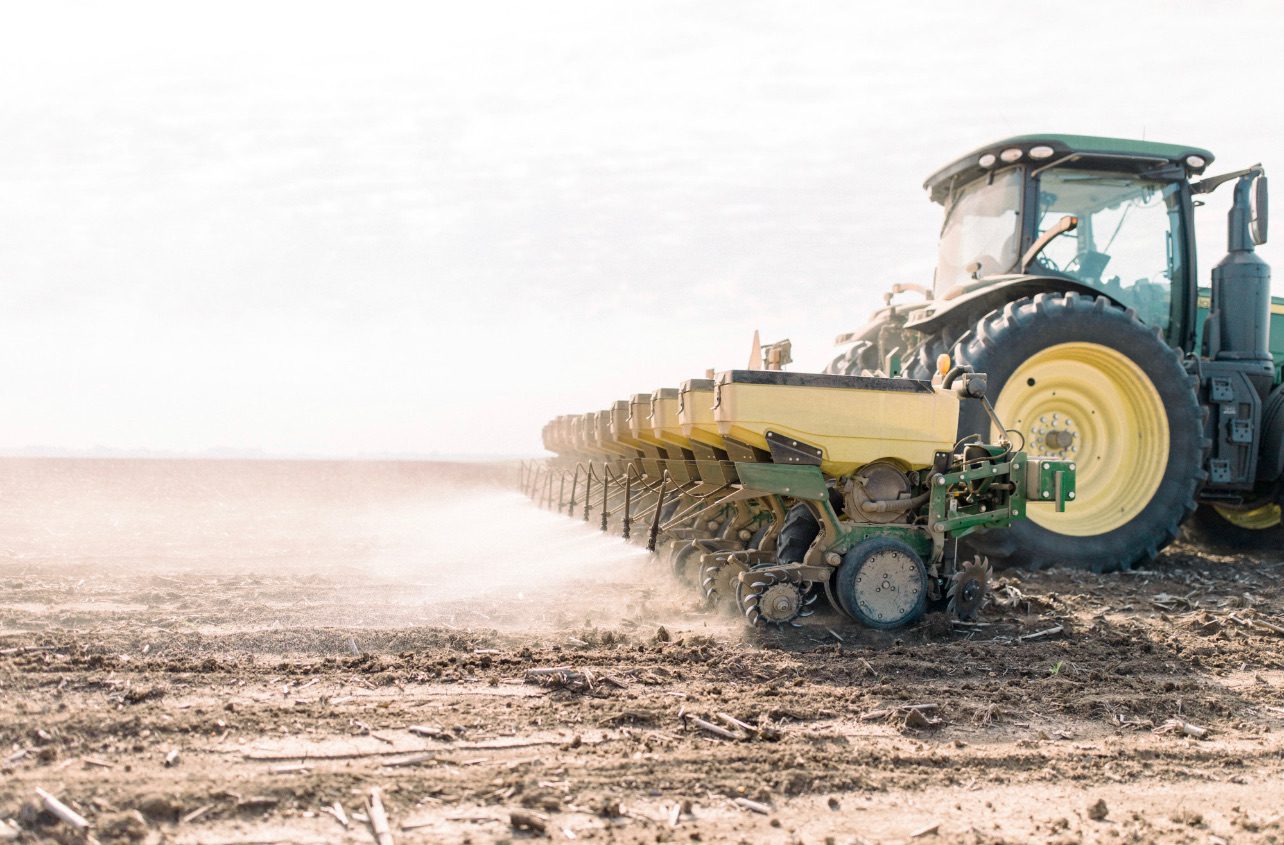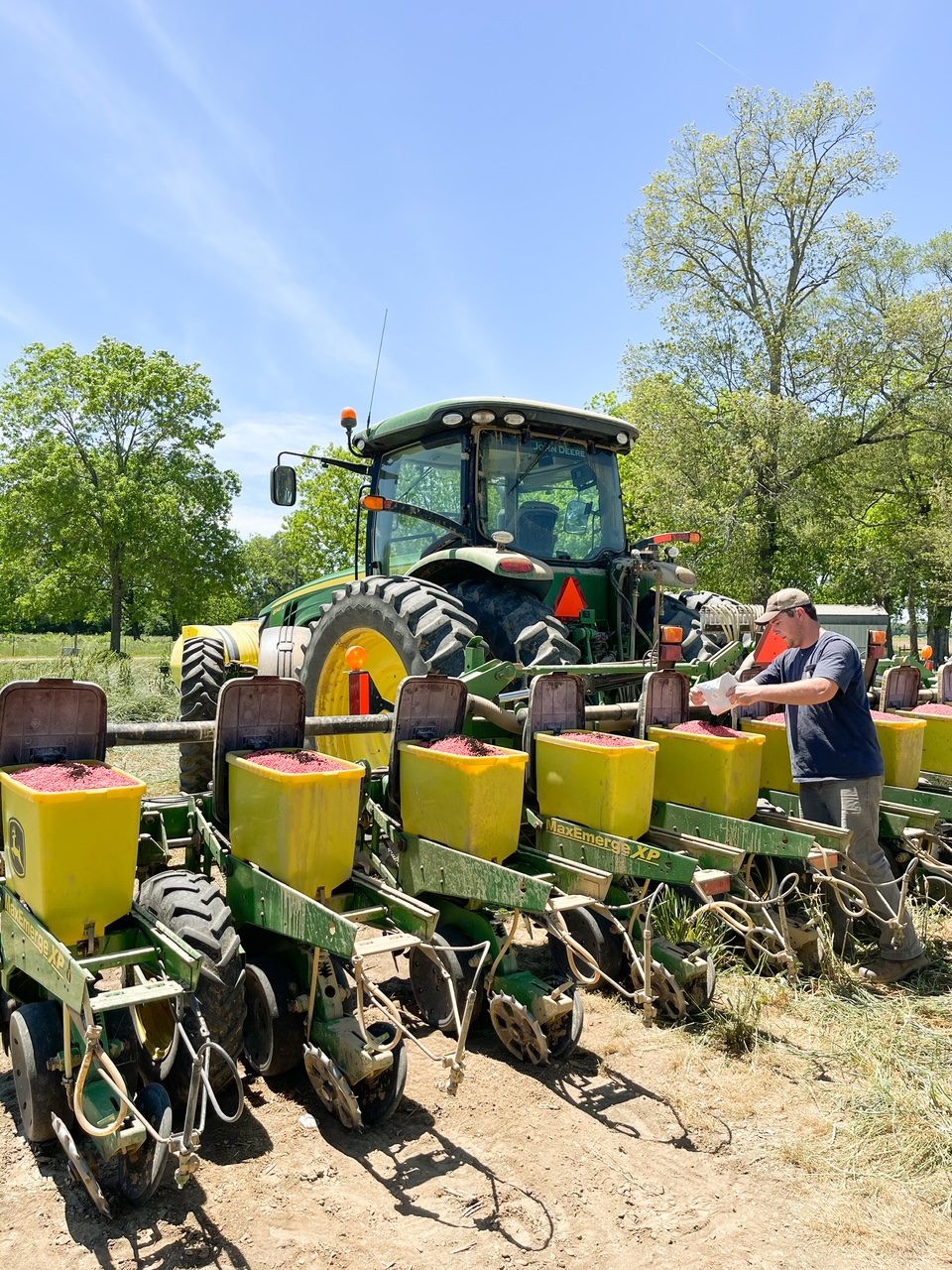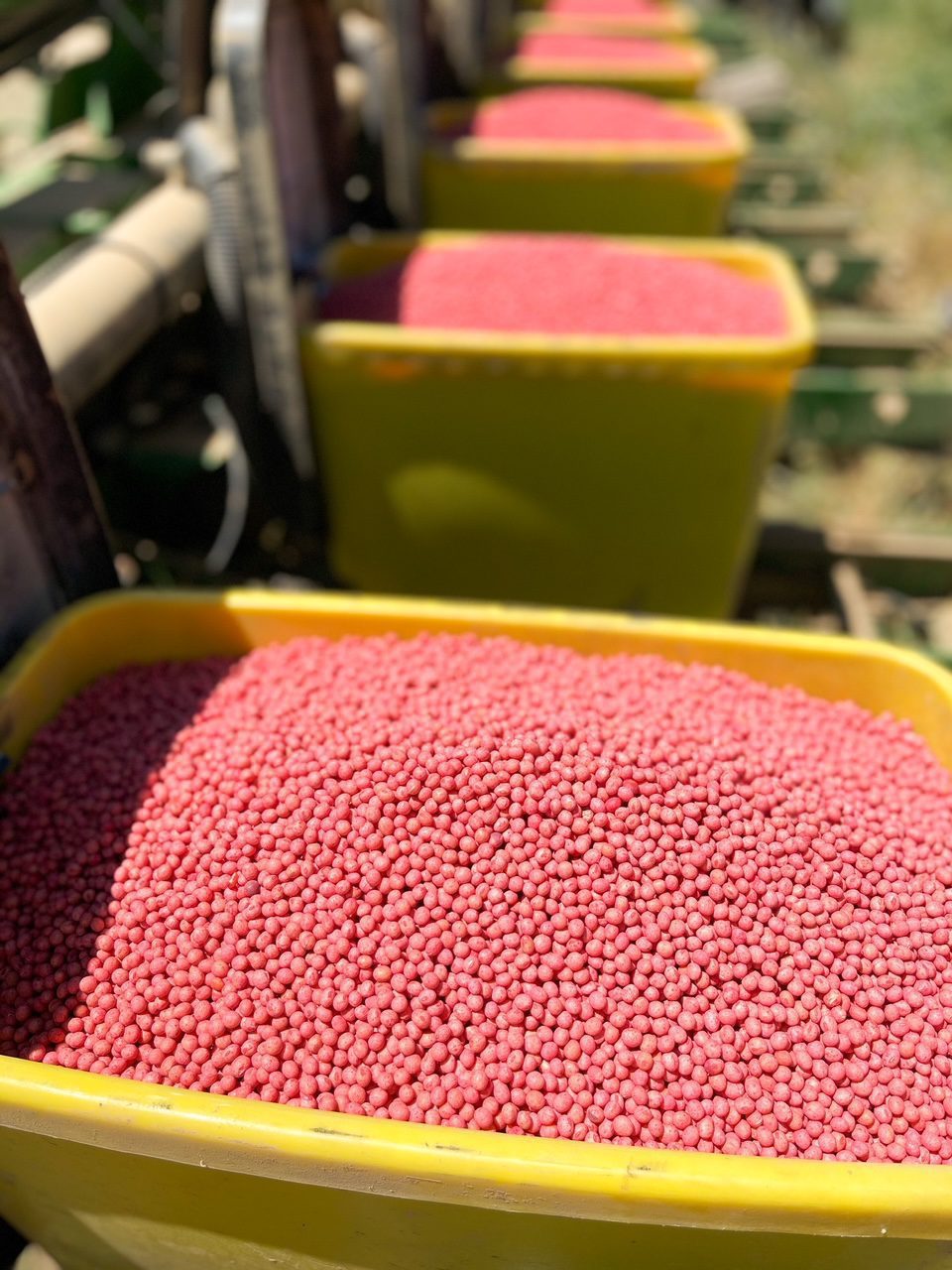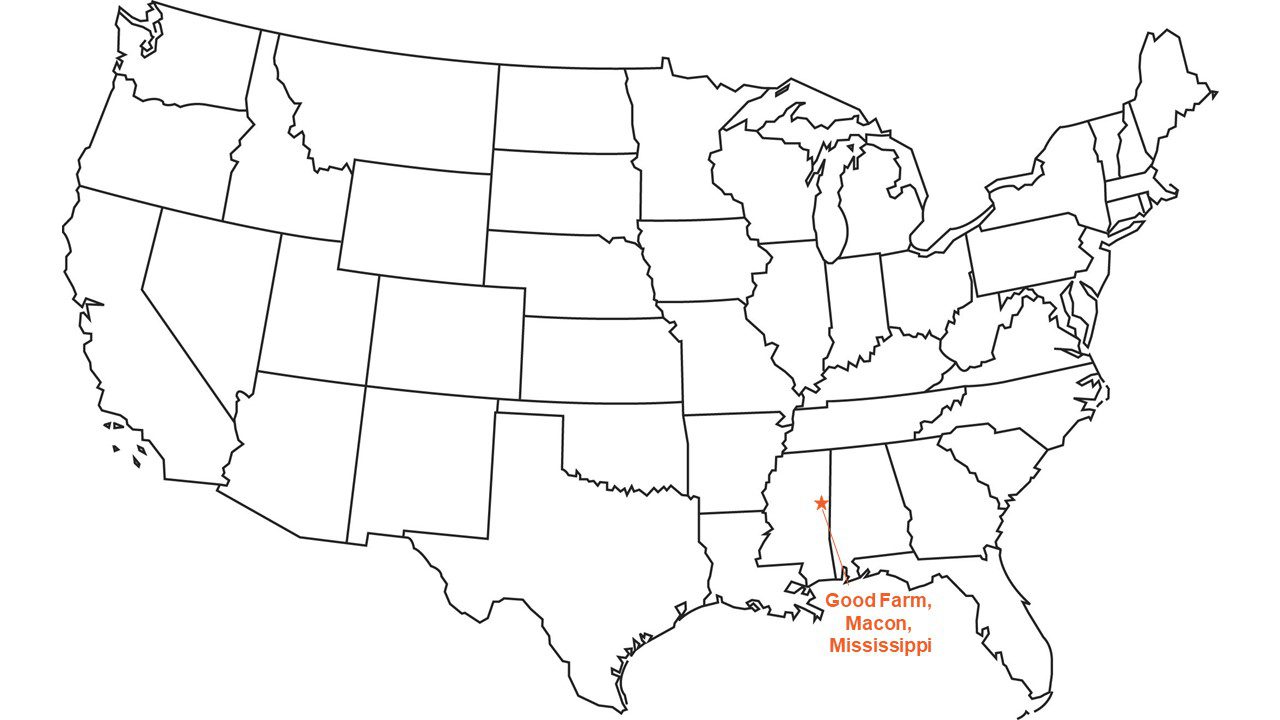 This spring, we’ve had an unusual number of strong storms in our area of the Southern U.S. Starting in mid-March, we had below-average temperatures, cloud cover and weekly severe storms for about a month.
This spring, we’ve had an unusual number of strong storms in our area of the Southern U.S. Starting in mid-March, we had below-average temperatures, cloud cover and weekly severe storms for about a month.
That storm pattern finally broke just after the middle of April. Although the weather caused some hiccups that put us roughly 30 days behind average, we are now off and running. Our days are sunny, and our temperatures are warming up to more than 26°C, or 80°F, which is much more typical for this time of year.
We started planting corn on April 22. As soon as the corn was planted, we started planting soybeans, which we are doing now. We need about 6 working days to plant all our soybeans. As soon as the soybeans are in the ground, we will plant our cotton. Our minimum-tillage production system allows us to start planting into fields as soon as they are dry enough, and that’s what we are doing now.
 The air temperatures and rain impacted the water temperature in our 12 catfish ponds. These ponds were stocked with fingerlings in early March. While the young fish acclimated to their new environment, they were fed just every 7 to 14 days. At that stage, their metabolisms were slow, but because of the weather, they needed more time than usual to adjust.
The air temperatures and rain impacted the water temperature in our 12 catfish ponds. These ponds were stocked with fingerlings in early March. While the young fish acclimated to their new environment, they were fed just every 7 to 14 days. At that stage, their metabolisms were slow, but because of the weather, they needed more time than usual to adjust.
With the shift to sunnier days and warmer temperatures, the ponds have warmed to about 16.6°C, or 62°F. The catfish fingerlings currently measure about 15 cm, or 6 inches. They have acclimated to our ponds, and their metabolism is starting to speed up. At the current water temperature and size, it is easy for us to maintain oxygen levels in the water.
We also are shifting to feeding them every 3 days. Their feed is 28% soy-based protein, and it floats. This helps us see how quickly they eat it and monitor their progress. We get the feed from a local feed mill that specializes in catfish feed, located about 48 km, or 30 miles, from our farm.
As the water continues to warm up, their metabolism will continue to increase, and we will intensify their feeding schedule. By the end of May or beginning of June, we expect to be feeding them daily.
At the same time, we will be focusing on weed control in our fields. Based on forecasts for normal temperatures, we expect our crops to emerge quickly. After the crop in a field has emerged, we apply a combination of residual herbicides with the broad-spectrum herbicide the crop in that field is tolerant to. Weed control will start in corn, then protect our soybeans from weed competition, and finish up by applying herbicide to our cotton.
 We also have a small beef cattle herd. The calves born last fall have been weaned, and we have started them on feed that supplements their pasture feeding.
We also have a small beef cattle herd. The calves born last fall have been weaned, and we have started them on feed that supplements their pasture feeding.
Despite our stormy spring, the catfish and crops will progress quickly to make up for lost time. I’m not at all concerned about timing at this point, and I’m looking forward to the growing season.

